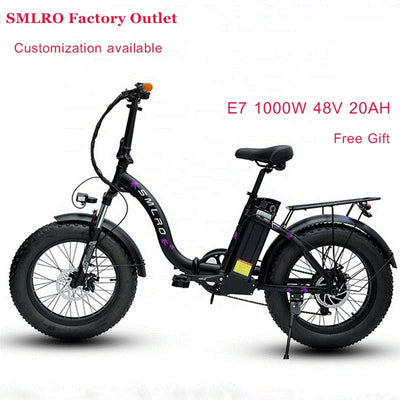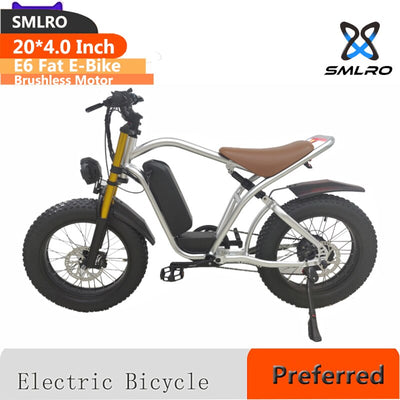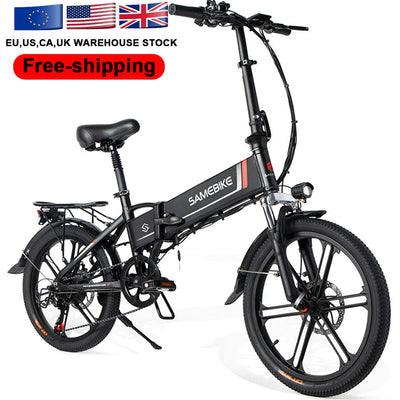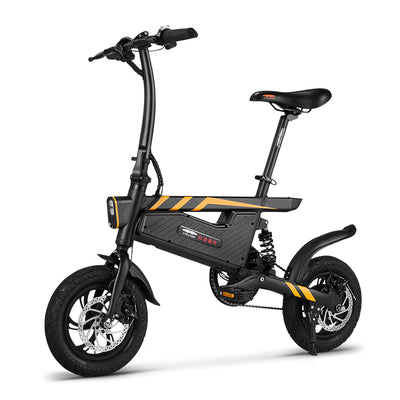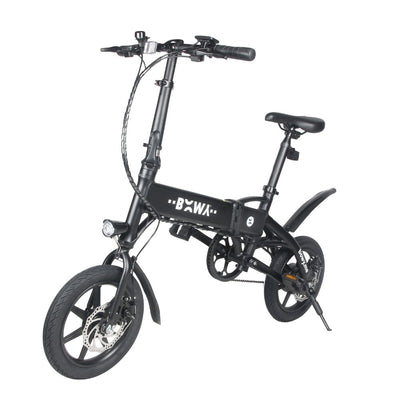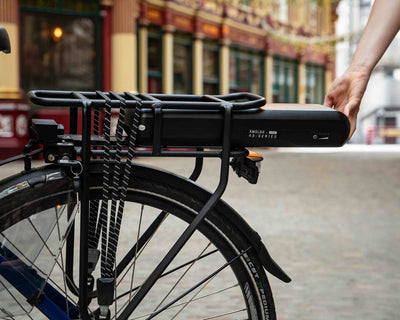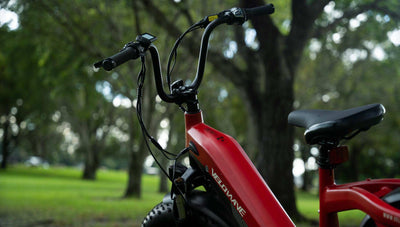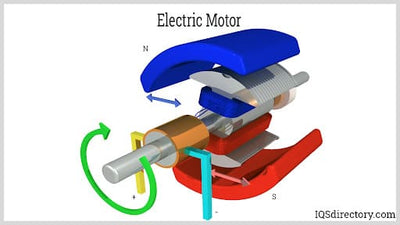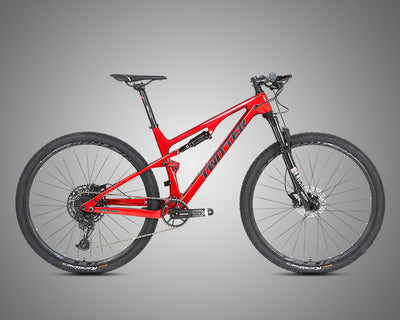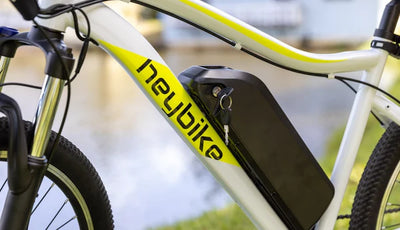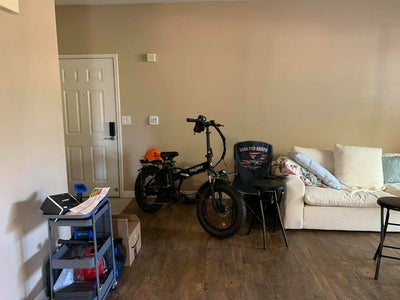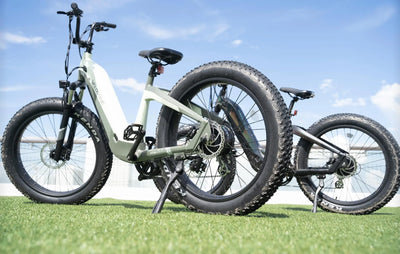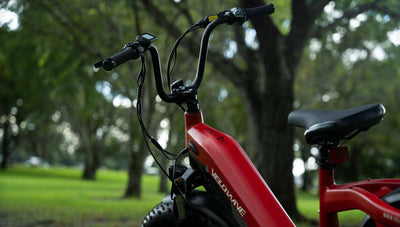Personal electric bikes could help public transit systems manage the first-mile-last-mile problem, encouraging ridership and lowering mass transit costs. But like many possible solutions to this problem, electric bikes still face challenges.
If privately-owned electric bikes are to impact the first-mile-last-mile (FMLM) transit problem, communities must address infrastructure, transport, and storage.
What is the FMLM Transit Problem?
Few homes are built directly next to a light rail line. This is especially true in relatively less dense areas. So if a commuter wants to get from home to work using public transportation, he or she needs to travel to a rail station or bus stop. This is the first mile of the journey.
When this same commuter arrives at a station near his or her office there will still be some distance to go, since, again, the office is probably not built directly on a public transit line. This is the last mile of the journey.

“The FMLM problem is drawn originally from telecommunications, then supply chain management (goods movement),” explained Arizona State University Assistant Professor, David A. King.
“For telecommunications FMLM is the final leg (or first leg) to the consumer. With physical infrastructure, it is expensive to match high capacity hubs to individual units. In the 1970s and 1980s, as cable TV was being deployed across the US, cable companies had to individually wire each and every household. This was a tremendous but necessary cost, and the cable companies were able to amortize the expenses over many years. Rarely did an individual household pay the full cost of running cable, instead they just paid a small installation fee and their monthly subscription,” King continued. “FMLM then was used by logistics companies (FedEx, UPS, etc.) to describe their endpoint deliveries from centralized warehouses.”
More recently, FMLM has been used to describe how commuters and other travelers get to and from a public transit station. At first thought, this might seem like a simple thing, but the first and last miles can be daunting.
Most American commuters are only willing to walk about a quarter of a mile to or from a transit station, according to transportation consultant, Jarrett Walker. This means that if public transit is to be the only method of transportation it would need to build stops within 1,320 feet of a person’s doorstep.
As you can imagine, this approach would be both ridiculous and expensive. Rather, transit lines are most effective when they provide relatively direct routes between popular hubs. And when they are full and fast.
Thus the FMLM transit problem. How do travelers effectively get to a station more than 1,320 feet away?
Electric Bikes Could Help Address the FMLM Problem
Electric bikes are one possible solution to the FMLM transit problem. In particular, privately-owned electric bikes may be especially well suited for the first mile of the journey.
Let’s consider a morning commute. Melisa needs to get from her home to her office. The trip is about 30 miles. The regional light rail system has a stop less than a block from her office, but the station closest to her home is about three miles away.
Her situation is typical. Many Americans work in relatively dense areas with many nearby transit stops but live in suburban neighborhoods.
Melisa could ride an electric bike, perhaps the EVELO Galaxy, the short three-mile trip to the rail station, ride the train to the stop near her office, and either walk or ride the short distance to work.
In theory, this simple arrangement should make it easy to combine electric bikes and public transportation for a smooth easy commute. But there are problems.
FMLM, Electric Bike Challenges
Melisa has essentially two problems, which create three challenges for transit authorities and communities that want to encourage public transportation. Here are the problems.
- Melisa needs to feel safe and comfortable riding from her home to the rail station.
- Melisa needs to do something with her electric bike while she rides the train.
Bicycle Infrastructure
A commuter’s first problem is feeling safe and comfortable on the ride from home to the transit station (or from the station to home in the evening).
Feeling safe may be a function of education, training, and infrastructure. Los Angeles, which has won awards for its FMLM planning, tries to create pathways for travelers to access public transportation, as an example.
A pathway could include a bike lane. It might be a green zone. Or it could simply be a wide, well-lit road.
Bicycle-friendly infrastructure would be supplemented with safety training for both drivers and electric bike riders.
“Cycling for local access requires (a) focusing on short local trips and (b) on a kind of cycling that will appeal to a broad segment of the population. That means safe routes that are designed for relatively slow speeds, not just painted bike lanes next to traffic on high-speed arterials,” wrote Jarrett Walker, the transportation consultant mentioned earlier.
“In general, cycling for station access needs more of the features of European cycling infrastructure. A Dutch planner once told me that the Dutch bicycle network is designed for a 60-year old woman with two bags of groceries, and that’s a good guideline,” Walker continued.
Electric bikes, thanks to their helpful motors, can overcome many of the other challenges associated with the ride to the rail station. For example, ebikes will allow the commuter to travel further faster. An ebike overcomes obstacles like hills, and an electric bike lets the commuter arrive at the station without getting sweaty, according to The Complete Electric Bike Buyer’s Guide. But ultimately, there may need to be improvements to cycling infrastructure.
Transporting an Electric Bike
Once Melisa, from our imagined example commuter, arrives at the rail station, she will need to do something with her electric bike. If she had her druthers, she would take her ebike with her on the train, ride it the last mile to work, and park it in the corner of her office.
This is a challenge. Transit systems need to be full of passengers to get the economies of scale necessary to make them affordable. And an ebike can take up a lot of room on a train.
To address this, public transportation systems will need to determine how many additional riders they would get if they provided an easy way to take an electric bike on a train or bus. This estimate should be compared to the costs of accommodating ebikes.
It will be important too for transportation planners to consider the entire system. Allowing electric bikes on trains, but prohibiting them from buses within the system may not solve the problem.
Electric Bike Storage
If Melisa (our example commuter) is going to park her electric bike at the light rail station rather than take it with her, she will want someplace safe to keep it.
Electric bikes are expensive. They are loaded with electronics. They have heavy-duty frames. They may have other high-end components like belt drives and continuously variable transmissions. Thus, theft is a real concern.
Public transportation authorities will need to provide safe bike parking. This may need to include rental lockers that completely enclose an electric bike. Camera systems and security may also be required.
Balancing the FMLM Problem
Electric bikes may help to provide a solution to the FMLM public transportation problem. But as a possible solution, they do come with challenges.
Bicycle advocates and electric bike commuters may be able to influence their local transportation authorities, perhaps, encouraging them to consider addressing bicycle infrastructure, electric bike transportation on buses and trains, and ensuring bike parking is secure as a means of dealing with the FMLM problem.

